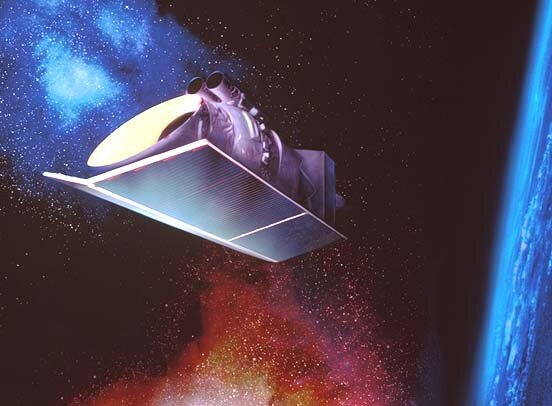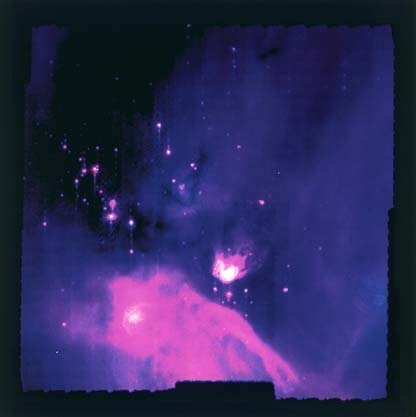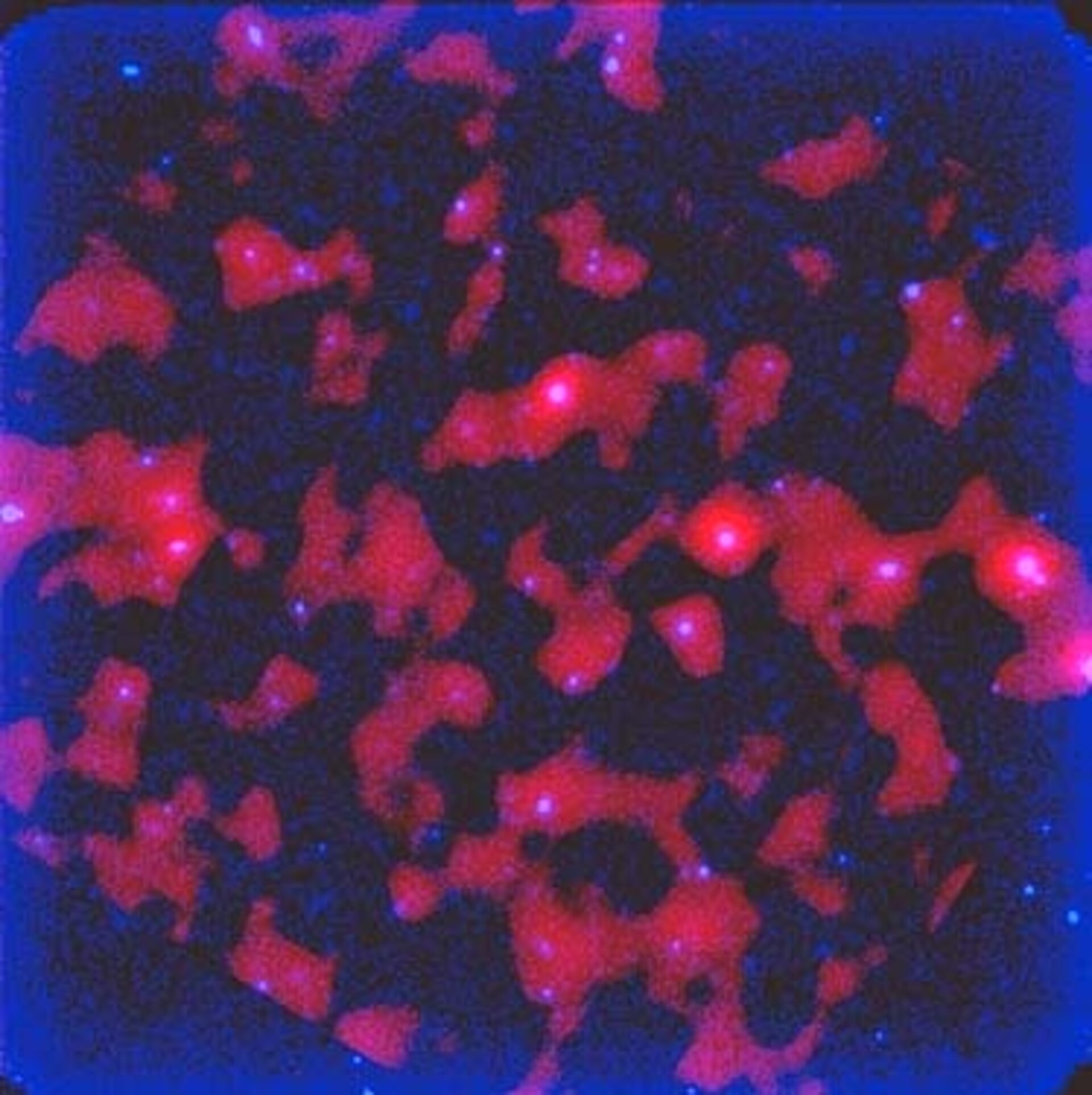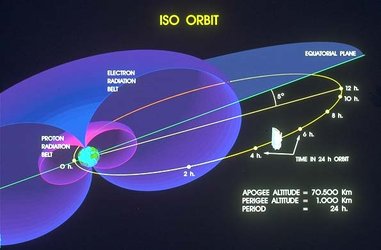ISO science highlights
Probing the cool and hidden Universe
ISO stands for the Infrared Space Observatory.
The Infrared Space Observatory (ISO) was an astronomical satellite that operated at wavelengths from 2.5 to 240 microns, in the infrared range of the electromagnetic spectrum.

Because the atmosphere acts as an umbrella for most infrared wavelengths – preventing them from reaching the ground – a space telescope is needed to detect this kind of radiation invisible to the human eye and to optical telescopes.
ISO's highly elliptical orbit around the Earth took almost 24 hours. For almost 17 hours per day, ISO was outside the radiation belts surrounding Earth. Scientists could operate all ISO's detectors during this time.
On average, ISO performed 45 observations per revolution – one observation every 32 minutes.
Key discoveries

- ISO detected the presence of water vapour throughout the Universe, including in star-forming regions, in the vicinity of stars at the end of their lives, in the atmospheres of planets in our Solar System and in the Orion Nebula.
- Several new molecules, such as hydrogen fluoride, were discovered in space for the first time using ISO's sensitive instruments.
- ISO found large amounts of cosmic dust in the space between galaxies which was previously thought to be empty space.
- It was also used to determine that the powerful source of infrared light in the nearest ultra-luminous infrared galaxy, Arp 220, is an outburst of star formation in that galaxy.
Observing the cool Universe requires cool instruments that can work at temperatures close to absolute zero, -273°C. ISO used a coolant to maintain a low temperature.
In April 1998, ISO ran out of the coolant needed to keep its detectors working. ISO was switched off in May 1998. Prior to this, scientists changed its orbit to make the satellite eventually burn up in the Earth's atmosphere.





